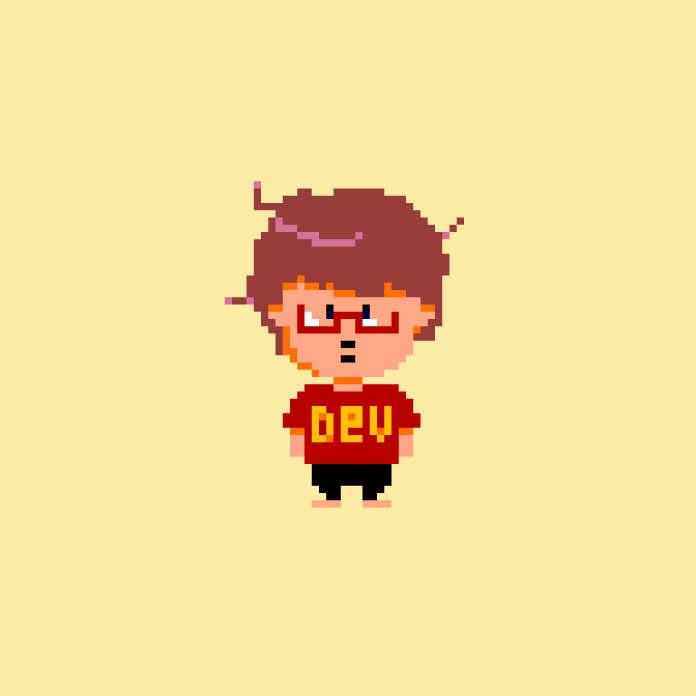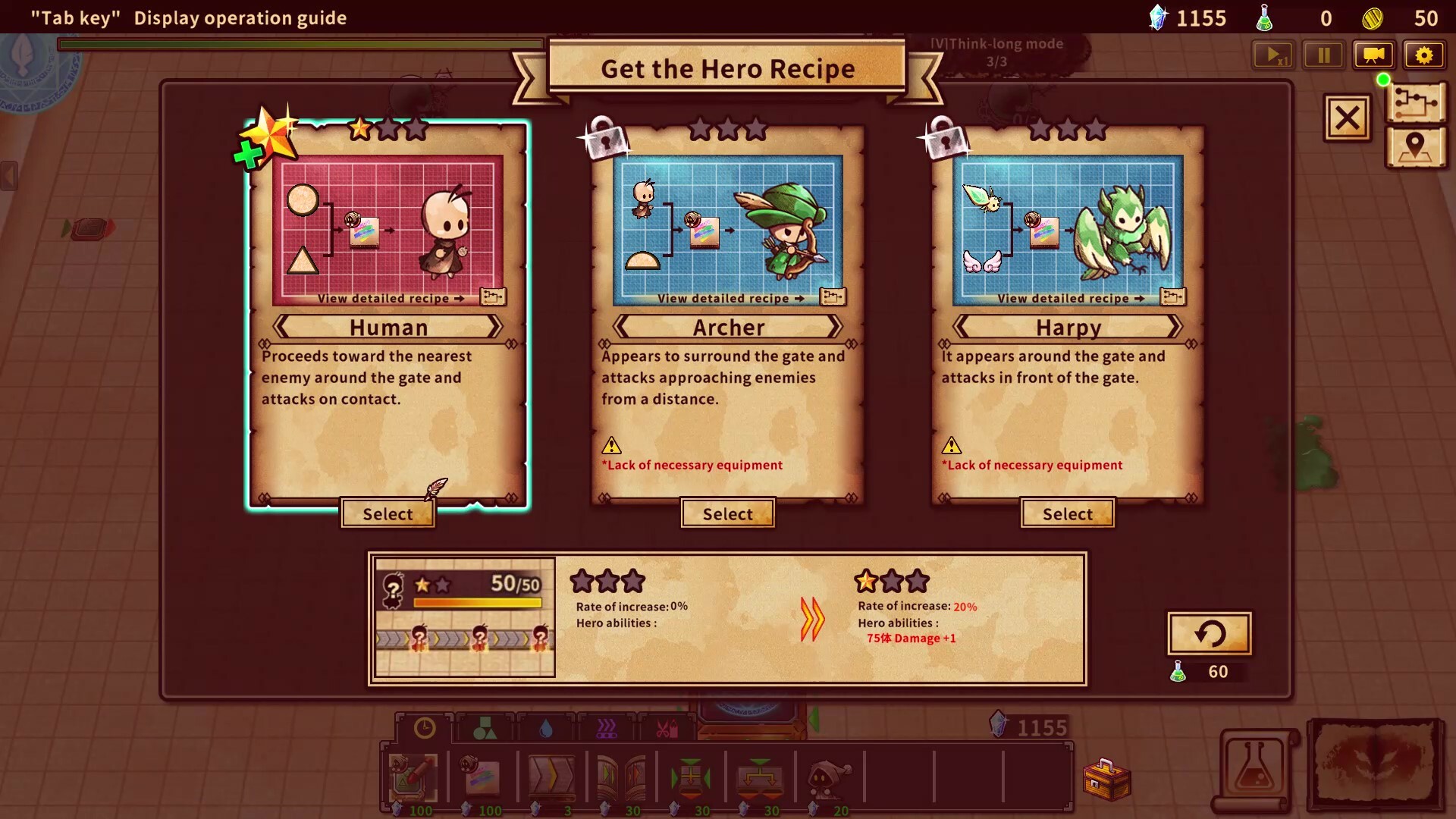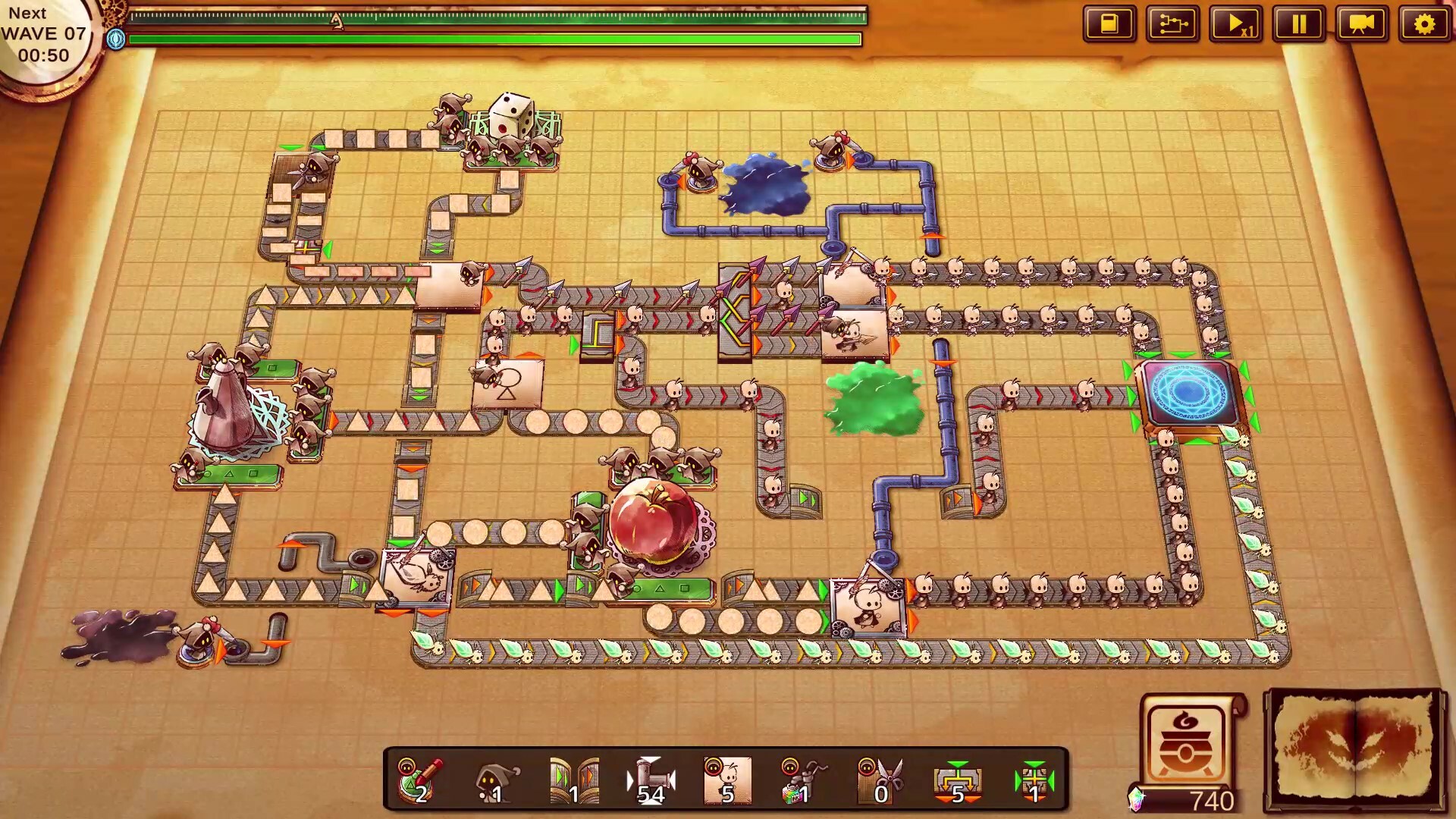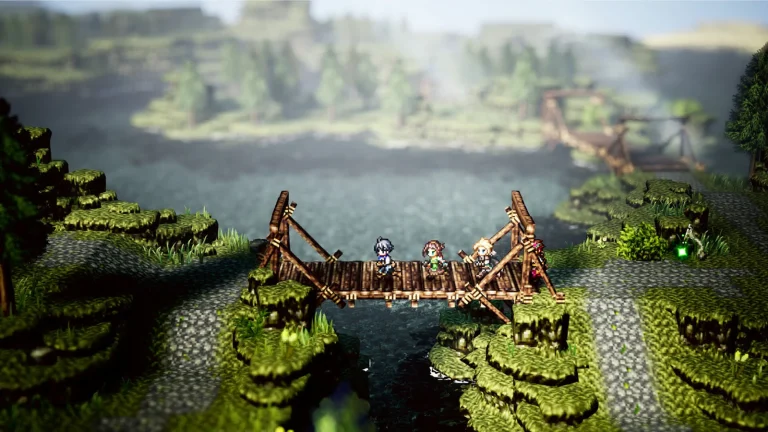ShapeHero Factory is an upcoming factory simulator by Japanese developer Asobism that incorporates elements of roguelite and tower defense games. The game is planned for international release in the first quarter of 2024 for the PC (Steam).
We had the opportunity to interview Mamiya, the director of ShapeHero Factory, and hear about the particulars of the development and mechanics of this unique title.
──To start off, please introduce yourself.
Mamiya: I’m Mamiya, the director of ShapeHero Factory. Previously, I’ve been involved in the development of titles such as Dragon League, Torocco Wars and Vivid Night.

──What kind of game is ShapeHero Factory?
Mamiya: ShapeHero Factory is a game that blends the factory simulator genre with elements of roguelite and tower defense games. The “factory” part differs from what you would typically expect – it is not a realistic factory in which you would process ores and manufacture industrial products, but rather a fantasy factory, in which you use basic shapes such as circles, triangles and squares as raw materials.
For example, combining a circle and triangle will produce a soldier. Adding a square will give the soldier a shield. In this manner, you assemble heroes to fight off enemies and progress in the game.
As I mentioned, the game also features roguelite elements, so the factory equipment you obtain and recipes for assembling heroes will be random to a certain extent. As a factory game, ShapeHero Factory will feature a tech tree, but the content of the tech tree will be susceptible to change with each run. As such, in each game, the player will be faced with a new challenge of creating an efficient factory line based on the conditions they start out with.

──How did ShapeHero Factory come to be?
Mamiya: There were various factors, but the biggest one is my personal love of factory games. I’ve played Factorio, shapez, Mindustry and Little Big Workshop, as well as colony simulators such as RimWorld and Timberborn. These are genres I adore and enjoy playing very much, but at the same time, I’ve always felt that one of their disadvantages is that multiple runs often end up in a repetition of the same gameplay. I personally often get my fill just from clearing them for the first time.
Another point I noticed was that gameplay tends to start feeling a bit routine-like when you’re near the end of your run. I would describe it as the “first bite being the tastiest,” although it doesn’t apply only to factory games. For example, when playing Civilization, I always felt that the initial stages, when you’re deciding the trajectory of everything, are the most fun. This is how I arrived at the idea of making a factory game that focuses on letting the player experience the fun, initial stages of a factory game over and over. I also thought that incorporating roguelite elements would increase replayability and hopefully make every bite as enjoyable as the first one.
──What is the scale of development for ShapeHero Factory?
Mamiya: There’s six people on the development team, which is a lot compared to Vivid Knight’s 3-member-team, but still rather small-scale.
──Tell us about the specifics of ShapeHero Factory’s gameplay.
Mamiya: In principle, it’s a wave-system tower defense game in which you use units that you assembled at the factory to fight. There is a fixed amount of time between each wave, so you have to use the time available efficiently to produce as many units as possible. When the tower-defense section is over, you receive rewards, and another loop commences.
There is close to no player intervention in the tower defense parts – the player basically watches the battle unfold. In my playing experience, factory games often express results in numbers. For example, Factorio uses SPM (science packs per minute) to indicate the scale of a factory. But I always wanted to feel the results of my work in a more tangible way, so I came up with the idea of having players watch over what they created in battle.
──Can your factory get destroyed by an enemy attack?
Mamiya: Your factory is contained within your base, which is the object of the enemy’s attack. The factory itself does not get attacked directly, but once your base is destroyed, it’s game over. As I mentioned earlier, ShapeHero Factory repeatedly lets you play the early stages of a factory game. In other words – I don’t’ really intend to have people play the final stages too much, so there’s no strong sense of loss when you lose a game either.

──What are the roguelite elements of the game?
Mamiya: What you can do in the factory will change with each game. For example, you will receive hero recipes as rewards, so the recipes you acquire will decide what you’re able to make in the factory. The equipment available in the factory will also change.
──Both roguelites and tower-defense games have a reputation for being challenging. How are things balanced in ShapeHero Factory?
Mamiya: The difficulty is an aspect that we are adjusting very carefully, as the game has a tendency to become harder as we work on it. Our goal isn’t to make a game that can only be enjoyed by niche/hardcore players, so we’re working on attaining a difficulty level that can be accessible and enjoyable to a wide player base.

──Are you planning an open beta or early access period for the game?
Mamiya: At the moment, we are planning to release a demo and considering an early access release, but this is still undecided.
──Do you have a message to players?
Mamiya: I’m the type of gamer who can continue playing a game without eating or sleeping if I have no prior engagements, and every time I’ve lost sleep over a game it’s been the best fun I’ve ever had. I hope our game will be engaging enough to make players lose some sleep (laughs). Please try out ShapeHero Factory!
──Thank you for your time.
ShapeHero Factory is scheduled for release for the PC (Steam) in 2024.
Written by. Amber V based on the original Japanese article (original article’s publication date: 2023-09-14 12:16 JST)





